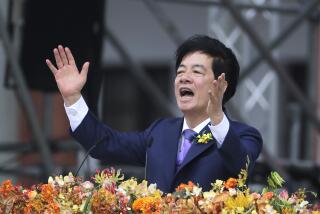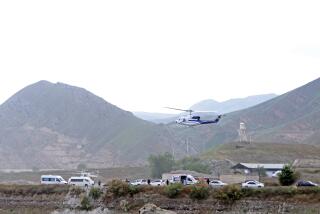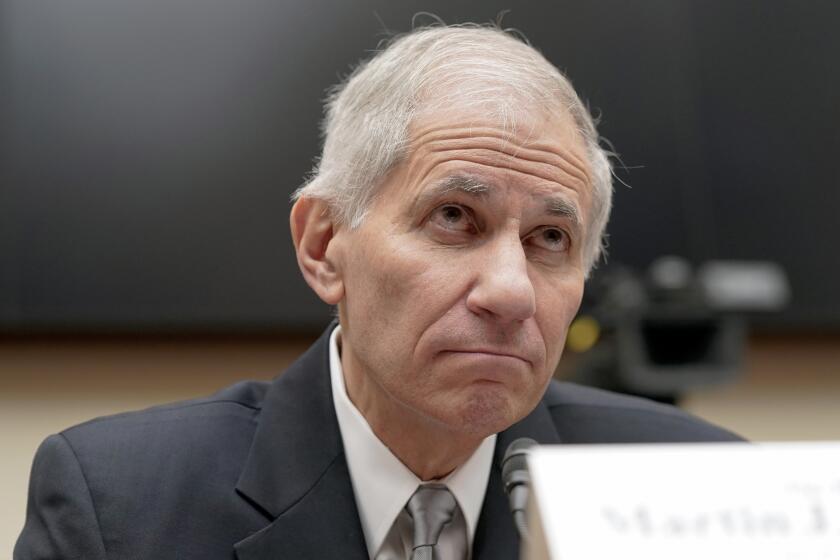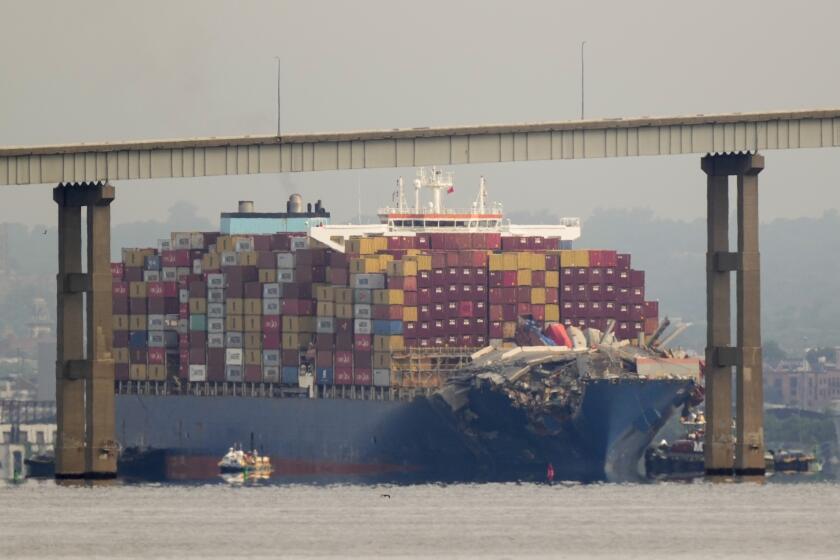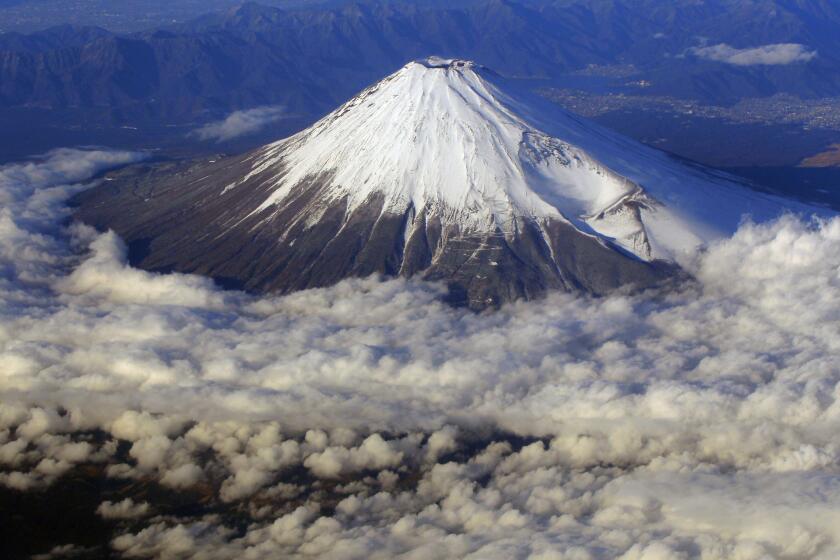Al Qaeda’s Dangerous Metamorphosis
Public opinion in the United States has underestimated the threat of Al Qaeda and radical Islam on several key occasions. We are on the verge of doing it again.
Experts commenting on the Moscow hostage-taking have been quick to remind us that the Chechen conflict predates the rise of Al Qaeda and, as a local matter, should not be viewed as part of the group’s transnational agenda.
The Bali attack has been interpreted as showing that the militants have shifted to smaller and softer targets.
Al Qaeda is said to have a weakened leadership, an inability to overcome the local agendas of affiliated groups and a loss of its capacity to carry out major operations.
These conclusions may be more hopeful than accurate.
Undoubtedly, eviction from its haven in Afghanistan has been a setback for Al Qaeda. But we cannot overlook the historical breadth of the group’s agenda, its long-term involvement in regional struggles and how its vision has been assimilated by others.
From its beginnings, Osama bin Laden’s group has supported numerous far-flung Islamist groups and, before organizing its own attacks against the United States, became the world’s foremost bankroller of jihadist terror.
Its strategy has always held that the militant Islamists had to seize a state to begin knocking down the dominoes of moderate Muslim regimes. By training and underwriting others, Al Qaeda believed -- rightly -- that it would acquire like-minded allies around the world who would join in the ultimate effort to create a theocratic Muslim super-state.
Thus, from the early 1990s, Chechens were trained in Afghanistan. Money, men and weapons were funneled to the breakaway republic, and a bond was formed between Bin Laden’s organization and the most extreme Chechen fighters.
A Bin Laden associate named Khattab became a legendary figure in the Chechen insurrection and, before he was killed earlier this year, reportedly trained Movsar Barayev, the leader of the squad that took over the Moscow theater.
The ability of these extremists to shape events has been profound: In 1999, a small band of jihadists began an insurrection in Dagestan that spilled over into Chechnya, reigniting a war that Chechen moderates had wanted to avoid. The Islamic extremists have given an increasingly religious hue to the conflict, much as Al Qaeda-trained operatives fighting in Kashmir have done there.
The Moscow operation combined the Chechen tradition of hostage-taking with Al Qaeda practices, such as the emphasis on martyrdom and an effort to create the greatest possible spectacle, something Barayev’s predecessors avoided.
Al Qaeda trainees also helped create Jemaah Islamiah, a jihadist group that seeks to found an Islamic state out of parts of several Pacific Rim countries. It was a week from carrying out a major attack in Singapore in January when American investigators discovered documents and surveillance videos at an abandoned Al Qaeda safe house in Afghanistan. The conspiracy aimed at destroying the U.S., British and Australian embassies as well as American warships.
The bombing in Bali, which claimed nearly 200 lives -- a massive strike by all standards short of Sept. 11 -- fit into both Jemaah Islamiah’s local agenda and Al Qaeda’s broader one. It was an attack on the Jakarta government, roiling the politics between fundamentalist Muslims and moderates, exposing the country’s poor security arrangements and destroying the tourist trade.
But analysts who focus on the economic aspect of the target miss the religious nature of the war being waged by the radical Islamists. Jemaah Islamiah was advancing Al Qaeda’s global aims through the mass killing of Westerners, who they believe are all accomplices in America’s crusade to destroy Islam.
The dangerous conclusion that has been drawn from the recent attacks is that Al Qaeda is shying away from the increasingly hardened targets of the United States. To mistake Al Qaeda’s continued pursuit of its long-term strategy elsewhere for a sign that it has suspended efforts to attack Americans is not only illogical but downright delusional. The group has always shown great patience; that such an attack has not materialized for 14 months gives us no reassurance.
Top Al Qaeda operatives are still in circulation, and thousands of veterans of the training camps are spread around the world. With laptops, encrypted communications and multiple passports, the terrorists can coordinate attacks in many “fields of the jihad.”
As it metamorphoses into a virtual network, depriving its enemies of a geographic target, Al Qaeda may become a greater threat than it was before its leadership melted away at Tora Bora.
More to Read
Start your day right
Sign up for Essential California for news, features and recommendations from the L.A. Times and beyond in your inbox six days a week.
You may occasionally receive promotional content from the Los Angeles Times.

